The Industrial Revolution was between 1760 and 1820, when the transition to a new industrial manner in Great Britain, Continental Europe, and the United States occurred.
During this revolution, the use of steam and water power was increased, which was due to the shift from hand to machine production with new chemical and iron manufacturing techniques.
Not just this, the Industrial Revolution also transformed an agrarian into a manufacturing economy making the production and process of producing effective, and efficient.
Similarly, the transformation reduced pricing, produced more commodities, led to higher earnings, and migration from rural to urban regions.
The Industrial Revolution also ushered in extraordinary population expansion. The employment, output value, and capital invested made Textiles one of the crucial industries during the Industrial Revolution.
Textiles were also among the first industries to adopt contemporary manufacturing techniques. These technical advancements brought in new methods of working and living, transforming society as a whole.
It was a time when industrialization produced a wealthy entrepreneur class and a comfortable middle class backed by immigrants and newcomers from America’s fields and small towns.
What sparked the Industrial Revolution?
Content
The Industrial Revolution began with a torrent of innovation, fueled by a stable political situation, a sophisticated banking sector, excess capital, and improved agricultural production, which expanded the pool of workers.
What effect did the Industrial Revolution have on American culture?
The Industrial Revolution shifted from an agrarian to a manufacturing economy, with things made by machines rather than by hand.
Increased production and efficiency, reduced pricing, more commodities, higher earnings, and migration from rural to urban regions resulted.
What Was the Industrial Revolution?
The first Industrial Revolution occurred in Great Britain in the mid-to-late 1700s when machine manufacturing enabled large-scale product production.
This spread over the world, and in the late 1800s, the United States launched the Second Industrial Revolution, which saw significant technological improvements and increased efficiency.
Beginning of the Industrial Revolution
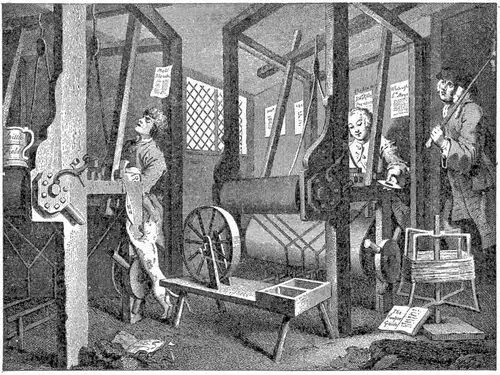
The Industrial Revolution began in the United Kingdom with developments of numerous technological and architectural breakthroughs.
By the mid-19th century, Britain had established itself as the world’s most powerful commercial nation commanding a global trading empire. It included colonies in North America and the Caribbean.
Trade development played a significant role and influenced the everyday life of Britain. There was an increase in income and, along with that, increased the population.
Techniques such as automated spinning and weaving were prevalent. Later, there was the use of steamboats and hot blast iron smelting.
Electric telegraphs were invented during the 1840s. However, it was not enough to move the economy forward.
Later in the 1870s, the Second Industrial Revolution took place. This brought new steel-making techniques. There was mass production of goods which shot the employment higher than before.
Industrial revolution in the United States
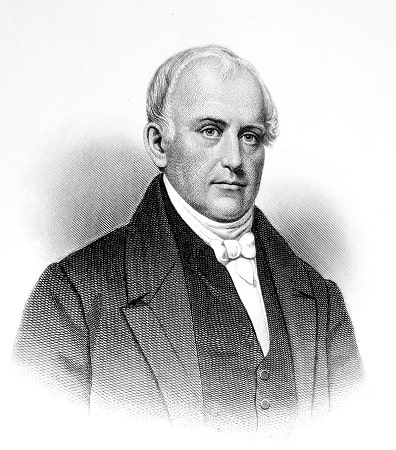
The United States was predominantly an agricultural and natural resource producing and processing economy during the late 18th and early 19th centuries.
It was crucial for America to develop railroads, larger roads, and the utilization of steamboats by this point. This was for the trade of their agricultural and natural products.
Later, with the invention of machine tools and interchangeable parts, America rose to become the leading industrial nation worldwide.
Oliver Evans invented an automated flour mill that reduced physical labor and was less time-consuming. This was a watershed moment in the manufacturing system of the United States.
After the introduced horse-powered machinery, Thomas Somers and the Cabot Brothers built the first cotton mill in America. However, they suffered losses for years as the method did not prove sustainable financially.
More people began establishing their factories. Some of them are Samuel Slater’s Textile mill, Daniel Day’s wood carding mill, and Francis Cabot Lowell’s weaving mill.
Soon, there was the invention of interchangeable metal parts. The U.S. Department of War contributed by making interchangeable parts for tiny guns. This was a crucial moment for industrialization in the United States.
The precision manufacturing techniques helped them create machines to mechanize shoes and watches.
Second Industrial Revolution
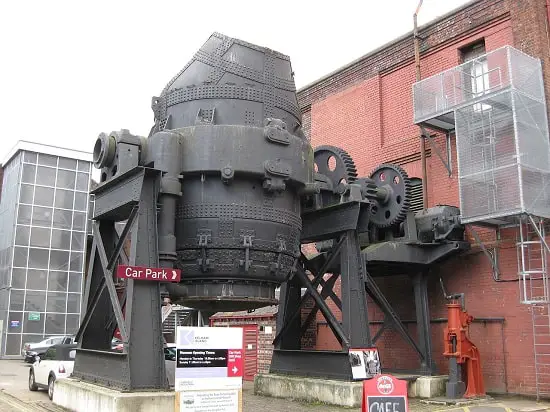
Steel was one of the most prominent mass production sectors in the 1850s. This era characterized the “Second Industrial Revolution.”
Sir Henry Bessemer introduced the concept of turning molten pig iron into steel. The 1860s commercialized the furnace used for this.
This era is signified by chemicals, petroleum, and motorized industry. These changes led to the reduction of the consumption of coal since Petroleum products were made available at reasonable prices.
In 1890, hydroelectricity was introduced. Electricity brought over a new revolution overall. The stock market started gaining popularity creating the first large industrial multinational company.
Impacts of the Industrial Revolution
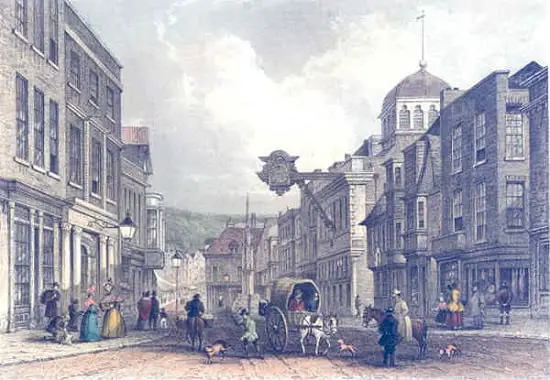
The Industrial Revolution aided the increase of unskilled labor. Since the machines compensated for the skills, craftsmanship was no longer necessary work.
Due to massive production, products were available at low cost, making the American lifestyle easier and effortless.
Following the Civil War, the United States’ industrialization accelerated rapidly. The increase in the country’s territory increased the availability of more natural products. The new railroad established made the transport of raw materials and finished goods immensely easier.
With this increased the number of immigrants for various works. People in business took all the risks regarding the immigrants to expand their industry and sometimes threatened small competitors to back out from the business.
New inventions greatly supported communication, transportation, and manufacturing by inventors such as Alexander Graham Bell and Thomas Alva Edison.
Some of the works were the invention of the light bulb, electric dynamo, and kinetograph by Edison, and the invention of telephones by Bell.
With the increase in human resources, children and women entered the workforce. Child labor has become a significant issue.
Labor unions grew due to dangerous working conditions, long hours, and concerns about wages and child labor.
With the increase in work grew, the workforce in the cities. This shifted the United States from a rural to an urban civilization.
Economic and political impact
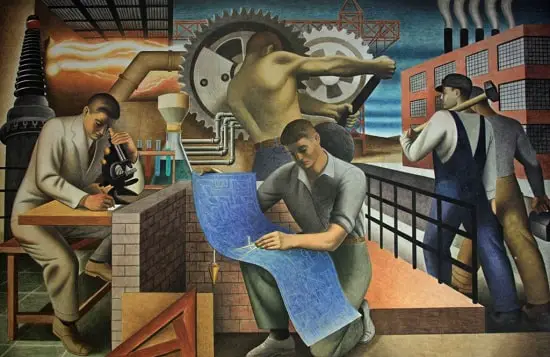
The capitalist idea of wages was a popular thing during the revolution. Workers had to give up their means of production for an hourly salary.
This was because there were many factories, and the giant factories dominated the smaller ones. Instead, they had to work for the more giant factories.
This made the rich people richer and caused market fluctuation. This made the capitalist extremely powerful and took advantage of the local and global consumer market.
By this point, America had a global economic power, and all the labor-related legislation was a political result of the Industrial Revolution in America.
With the rise of the economy, there was the maintenance of good relations with Japan. There was also a faster expansion of America’s territory.
Urban workers also became a politically active group. They helped to pass legislation like the 1938 Fair Labor Standards Act.
Conclusion
The Industrial Revolution is characterized by introducing of new manufacturing processes throughout the world.
The United States was heavily inspired by Europe’s technological advancement leading to eventual world domination in the economic and industrial sectors.
The expansion of territory after the Civil War also expanded the availability of more natural resources. This resulted in a massive increase in the production of finalized goods and, thus, increased immigrants for work.
Domestic markets were also able to expand due to improved transportation networks and growing urban populations.
The city finally changed from a rural to an urban society. With the mass production of goods by the mechanized system, Americans’ lifestyles became simplified and effortless.
The Industrial Revolution changed the way of production from handmade to machine-based systems. The invention of hydropower, telephones, and expansion of roads, the invention of railroads, and steamboats made the transportation of products way easier. This meant an increase in production and trade as well.
During this time, the United States’ economy was considerably strengthened. Its reliance on imports was lessened due to increased domestic manufacturing and commercial agriculture productivity.
